In an era defined by electrification, sustainability, and reliability, the demand for Battery Energy Storage Systems (BESS) is skyrocketing across commercial sectors. From hospitals and data centers to manufacturing facilities and office campuses, energy continuity has become a necessity. As utility costs rise, and grid reliability becomes more volatile, commercial energy strategies are increasingly turning toward advanced energy storage solutions to maintain operational stability and manage costs.
The Rapid Rise of Battery Energy Storage Systems (BESS)
The U.S. energy storage market is experiencing exponential growth. According to the U.S. Energy Information Administration, BESS capacity was projected to double in 2024, with 14.3 gigawatts (GW) of new storage projects supplementing the existing 15.5 GW network. This expansion builds on a 70 percent increase in 2023 alone, highlighting BESS as a cornerstone of modern grid management and energy planning.
Patrick Hughes of the National Electrical Manufacturers Association (NEMA) affirms that BESS is instrumental in advancing the nation’s grid reliability and energy independence. With electricity demand expected to surge over 50 percent by 2050, BESS technologies are essential to integrating renewables, stabilizing the grid, and enabling smarter energy use.
Industries Leading the Charge for Backup Power
Certain sectors are particularly reliant on dependable energy sources. Mission-critical environments such as hospitals, data centers, and financial institutions cannot afford even momentary power disruptions. Manufacturing plants and large-scale commercial complexes, where downtime equates to lost revenue and productivity, are also significant adopters of BESS. These facilities typically employ behind-the-meter (BTM) battery systems ranging from 30 kilowatt-hours (kWh) to 10 megawatt-hours (MWh) to meet their specific power continuity needs.
Robert Anderson of JLL notes that the integration of BESS and microgrid technologies is reshaping the responsibilities of facility managers. Their evolving role now includes managing supply-side technologies and understanding how these systems interact with the broader grid to ensure uninterrupted service and cost efficiency.
Common Commercial Backup Power Strategies
There are several strategies commercial facilities use to integrate energy storage into their operations:
- Energy Arbitrage
This method allows businesses to store electricity during off-peak hours when prices are low and use or resell it during peak periods. It’s a cost-saving maneuver that turns energy into a financial asset. - Peak Shaving
Facilities reduce their dependency on the grid during high-demand periods, thus avoiding the high costs associated with peak usage. Batteries discharge stored energy during these intervals, helping lower the facility’s demand charges. - Load Shifting
This involves transferring energy usage from high-cost times to lower-cost periods. It helps optimize grid usage and reduces strain during peak periods. - Emergency Backup
In the event of grid failure, BESS provides an immediate backup power supply, ensuring critical systems continue running without disruption. - Net Metering Integration
With net metering, facilities equipped with renewable energy systems, like solar panels, can send excess electricity back to the grid and receive credits on their utility bills. This not only supports grid management but also maximizes the value of renewable investments.
Spain and Portugal Power Outage
Commercial buildings need backup battery power to ensure continuous operations during unexpected grid disruptions. Recently, a major power outage across Spain and Portugal demonstrated how vulnerable even modern energy systems can be. A failure in the transmission network caused widespread blackouts, affecting businesses, transportation, and critical services. Events like this show that grid instability can happen without warning, and facilities without reliable backup systems risk operational downtime, financial losses, and damaged reputations. Battery Energy Storage Systems (BESS) provide an essential safeguard, allowing commercial properties to maintain power, protect assets, and continue serving customers when the grid fails.
The Future of Commercial Energy Strategies
As the renewable energy landscape matures, battery energy storage is emerging as an essential companion technology. While solar and wind generate clean energy, they are not always aligned with real-time demand. BESS bridges this gap by storing surplus energy for use when it’s most needed. For example, in California, during peak solar hours in 2023, battery charging made up 8.3 percent of CAISO’s balancing area load—illustrating the essential role energy storage plays in balancing grid supply and demand.
Commercial property owners and facility managers looking to future-proof their operations must consider BESS not just as a backup solution, but as a strategic asset in their energy portfolio. It’s a key component in building resilience, achieving sustainability targets, and mastering modern grid management.
Click here to read the full article, originally published April 21, 2025, by Facilities.net.




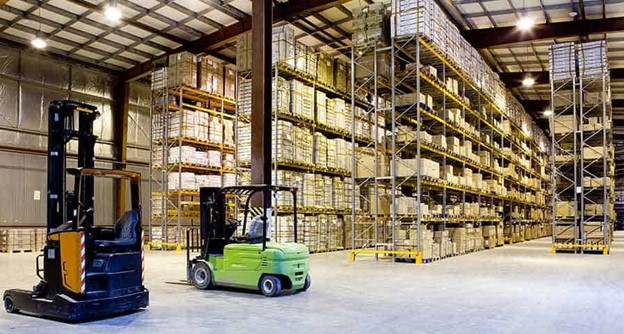
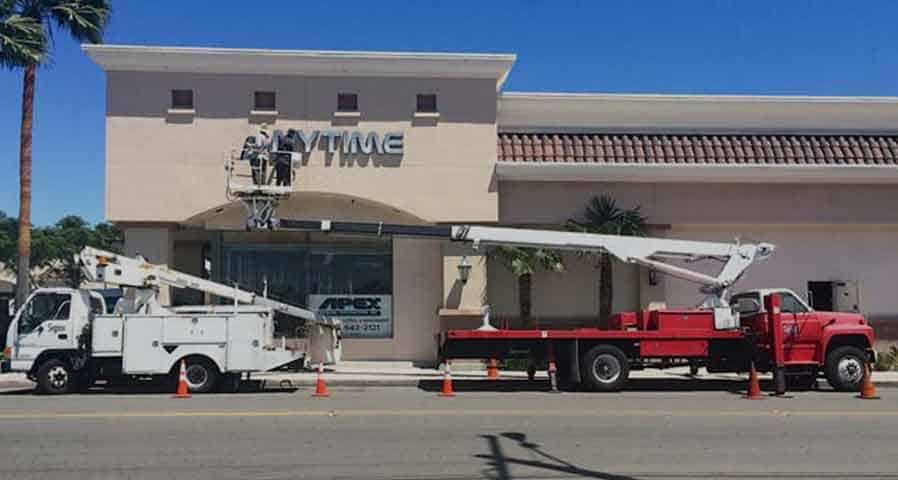



















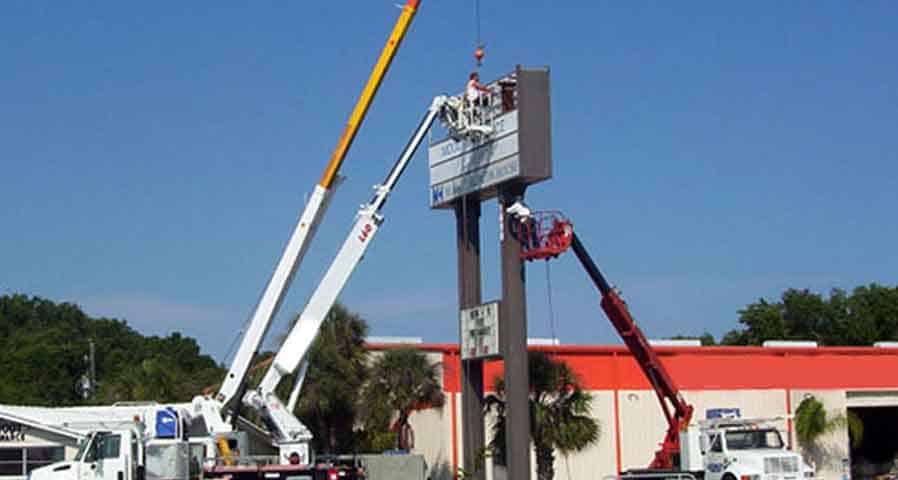

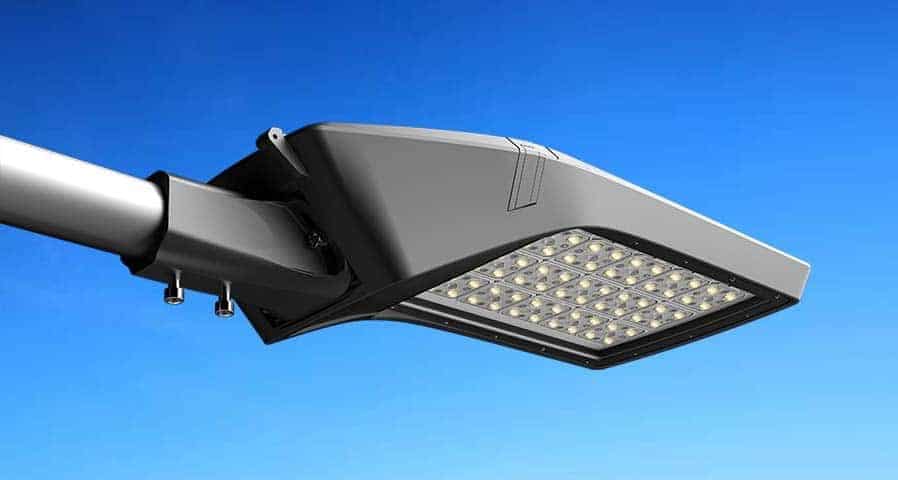


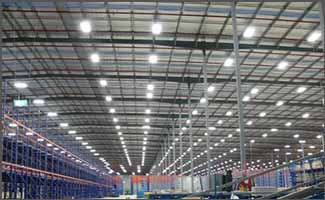








0 Comments